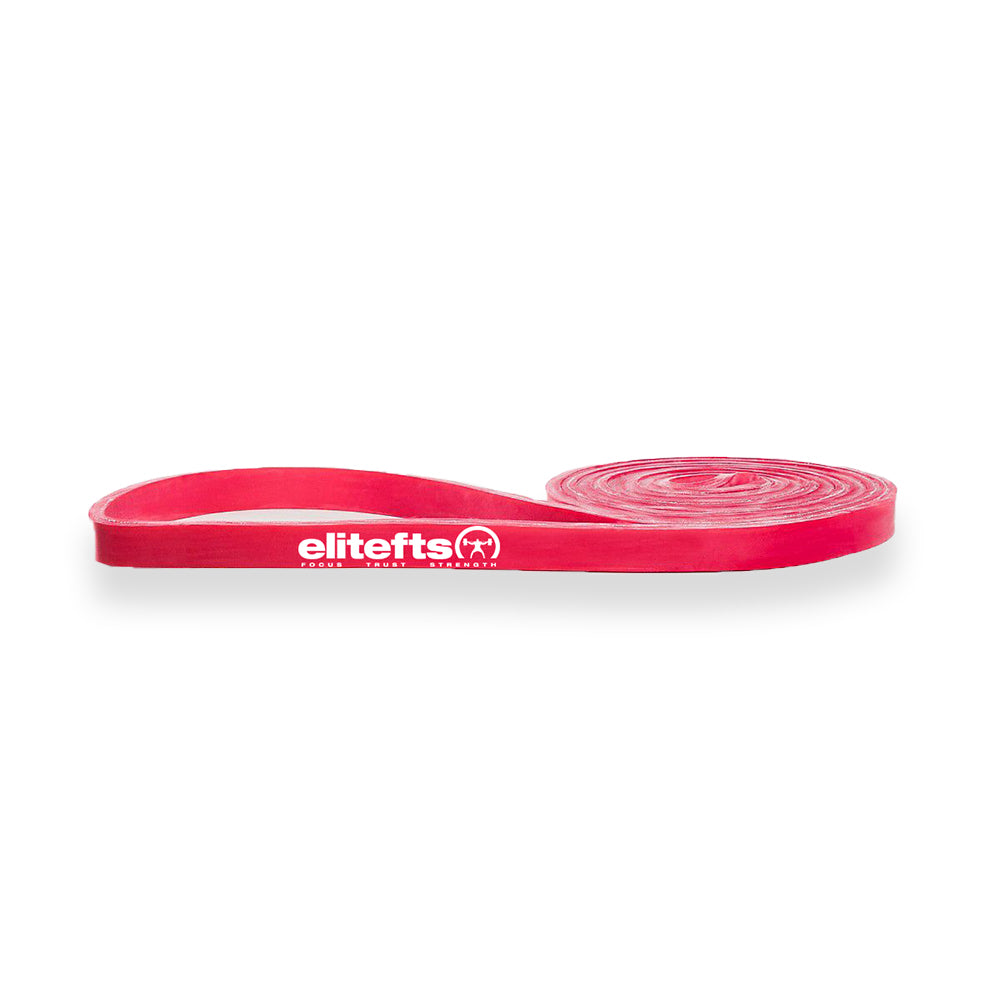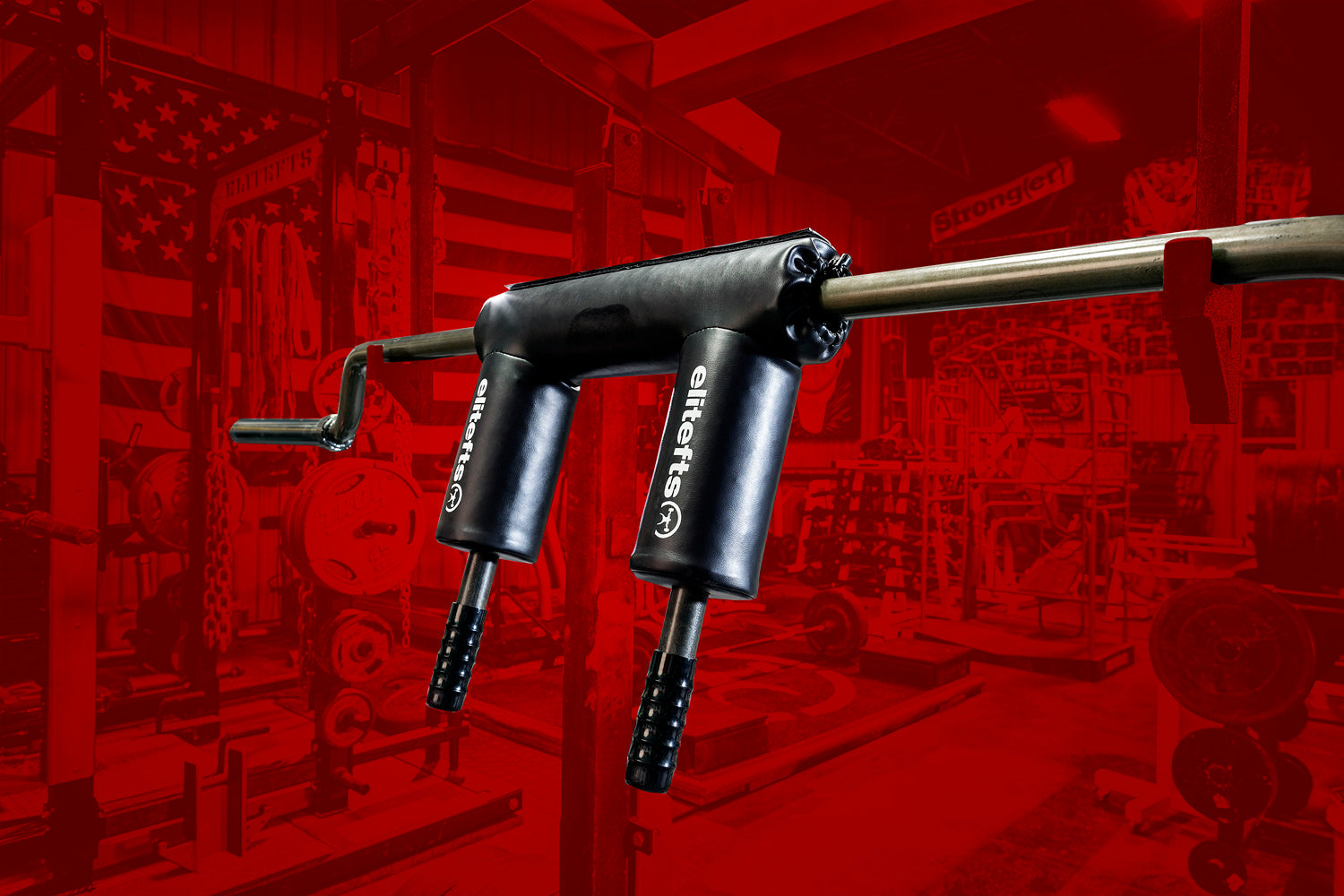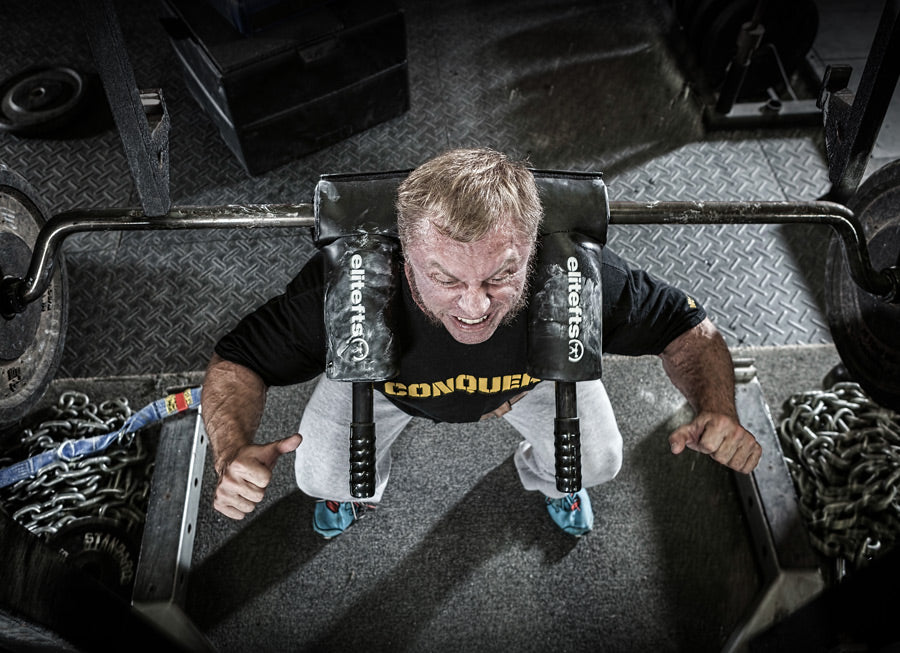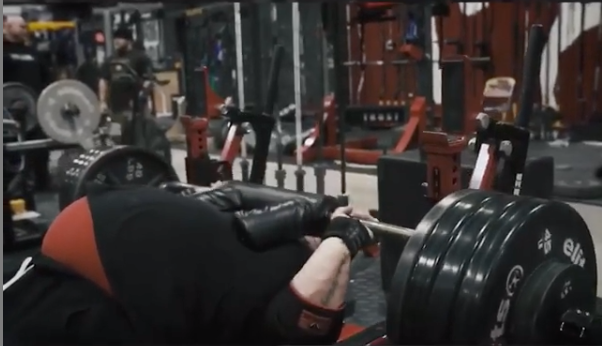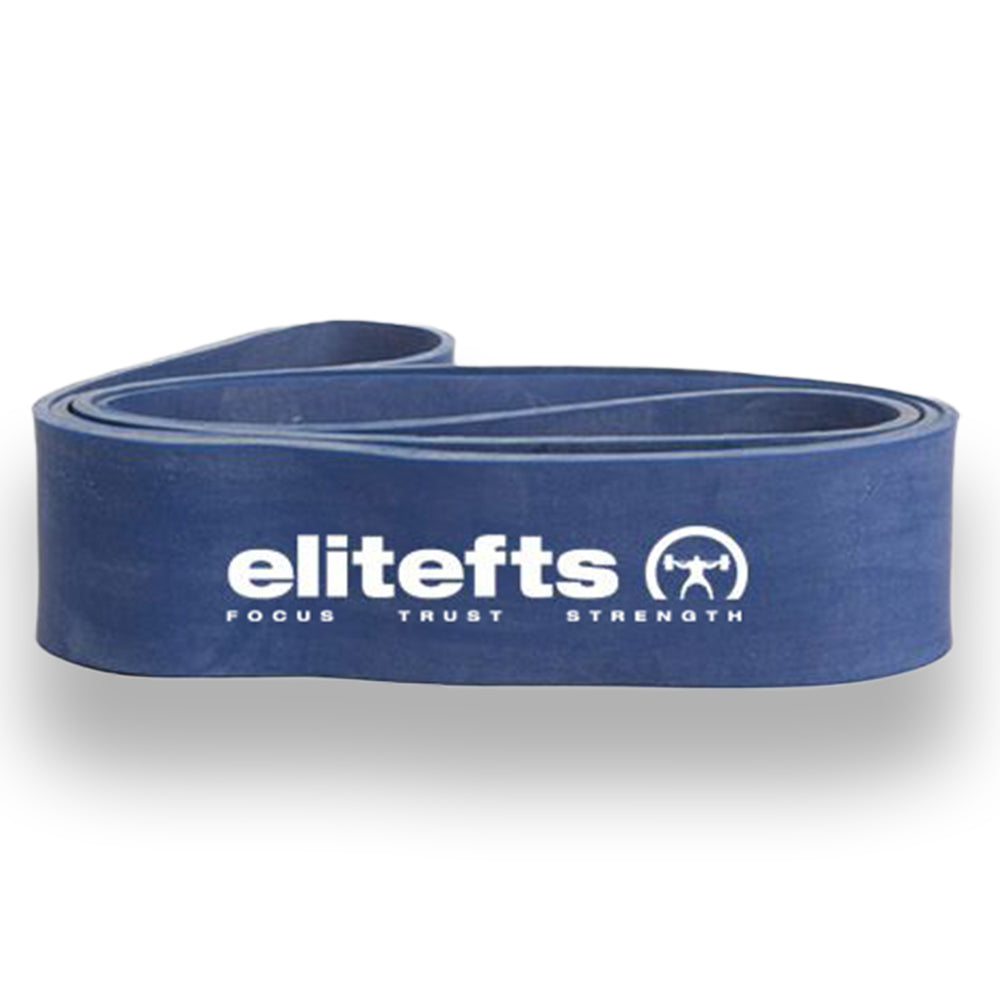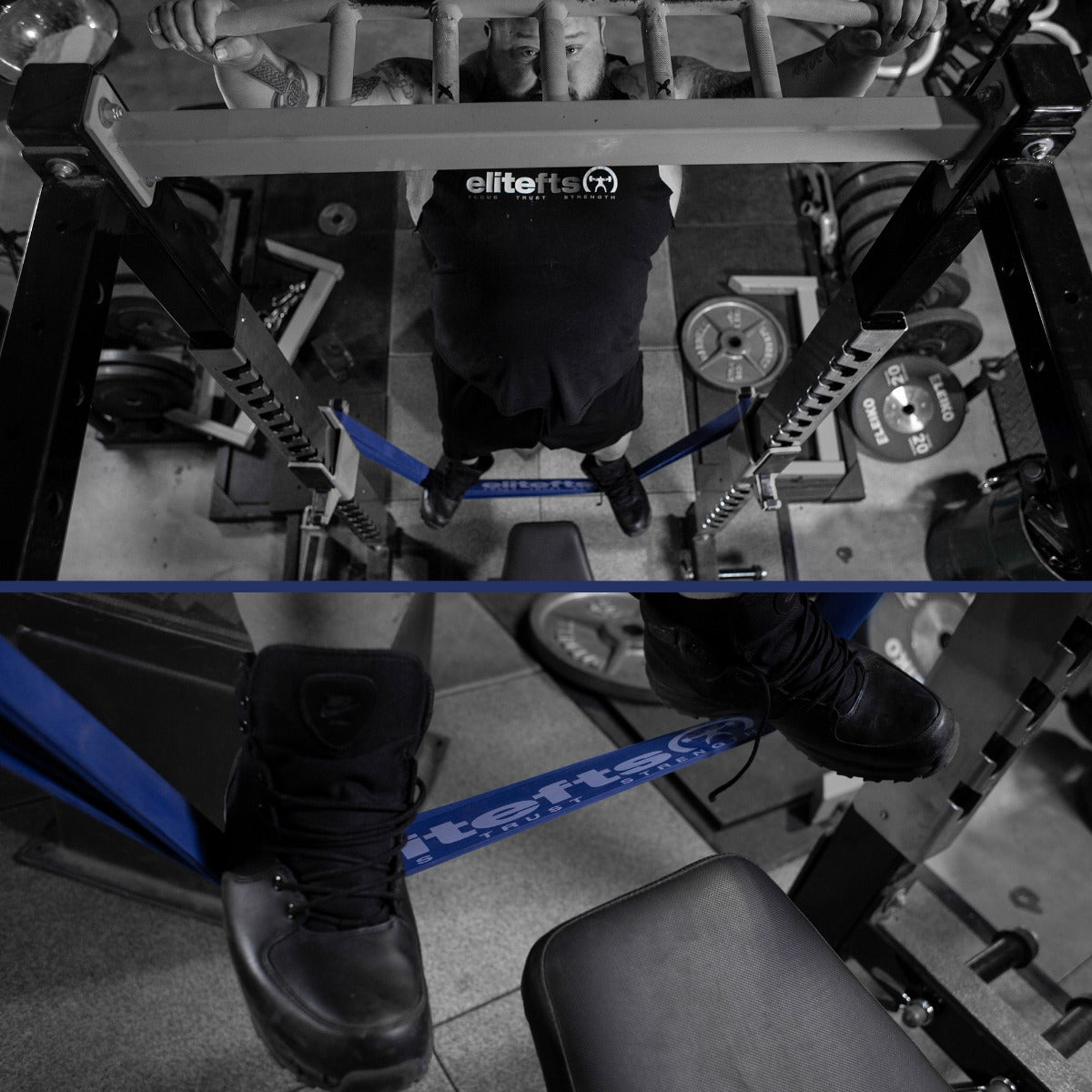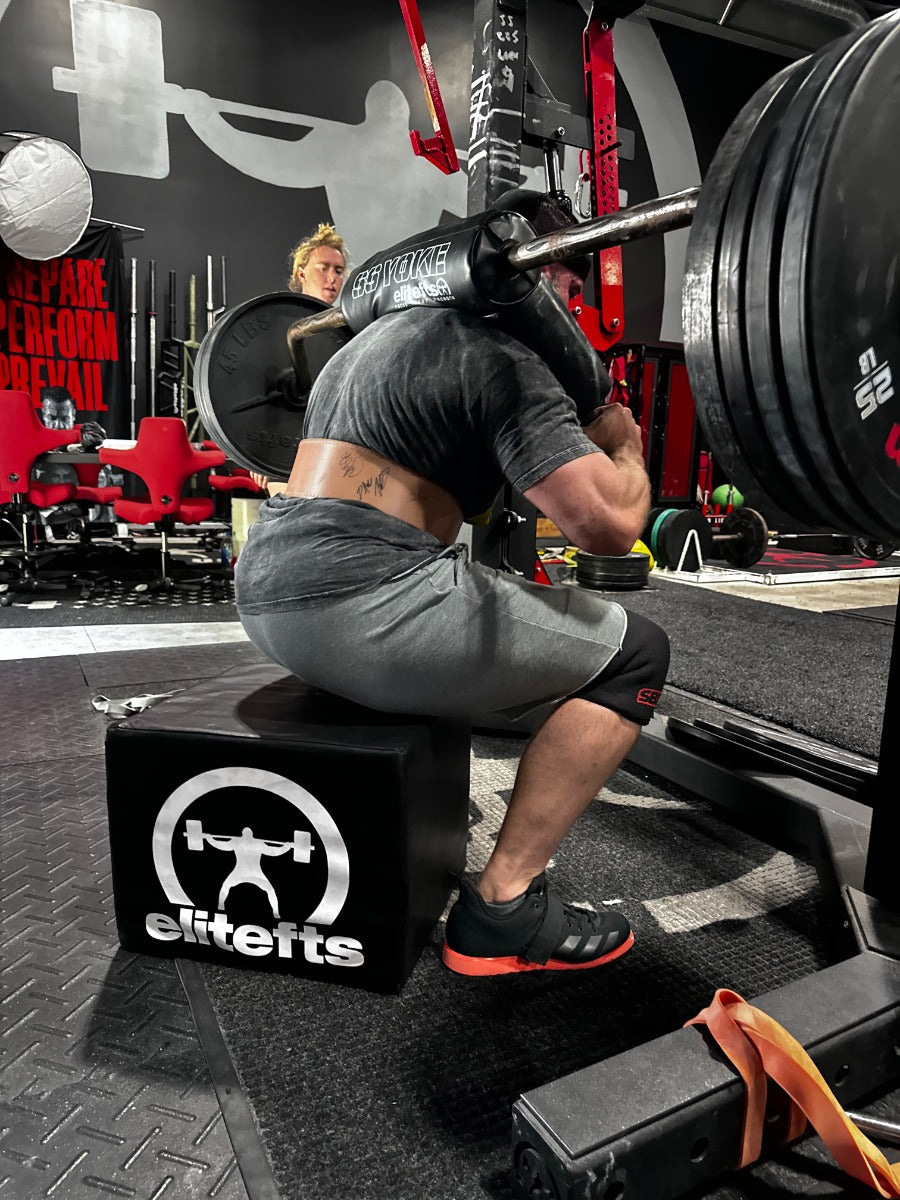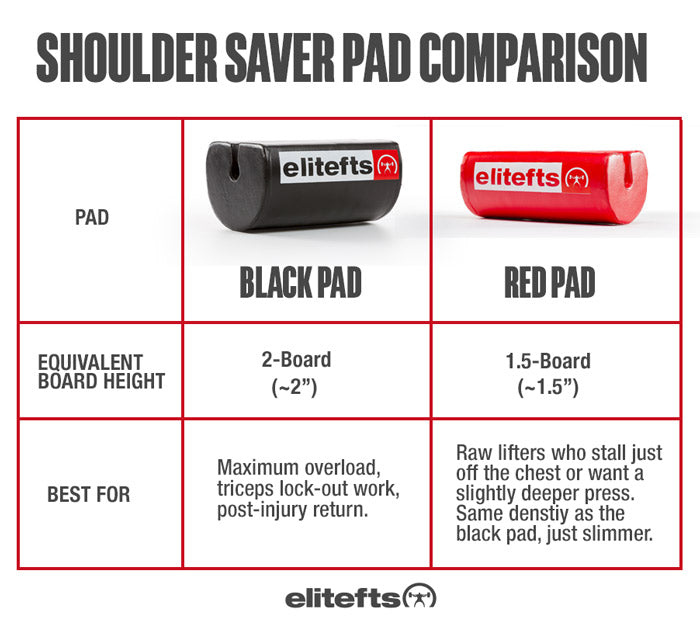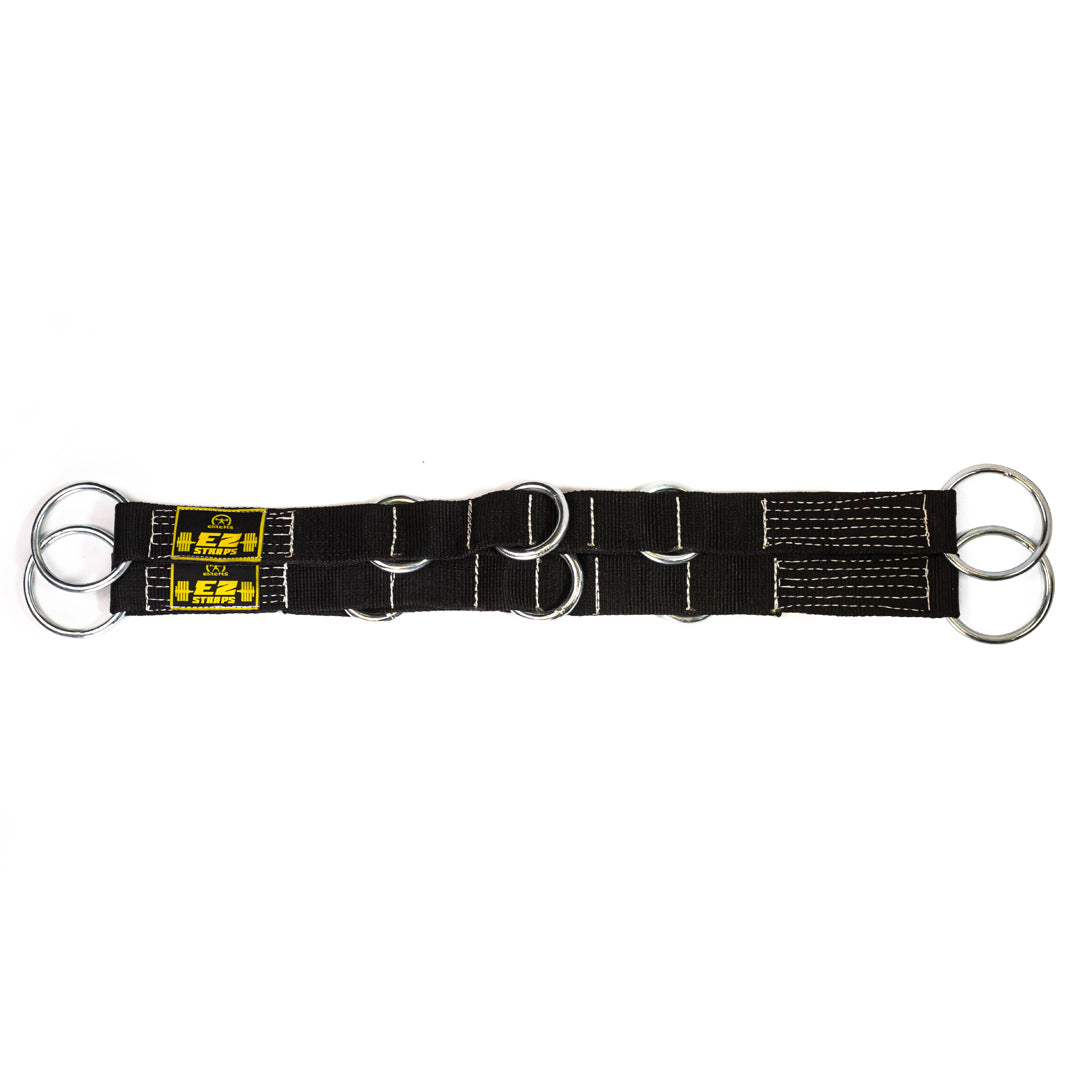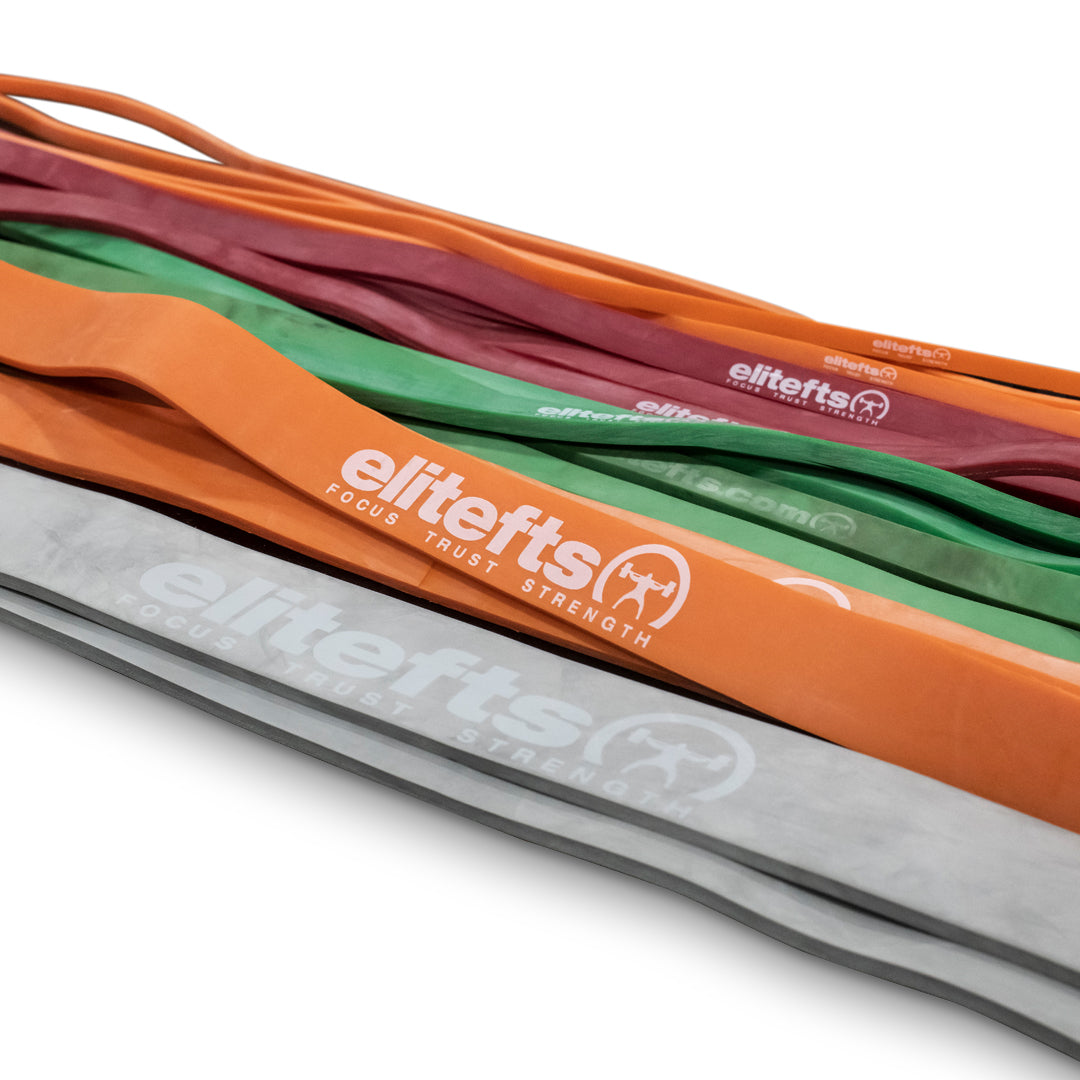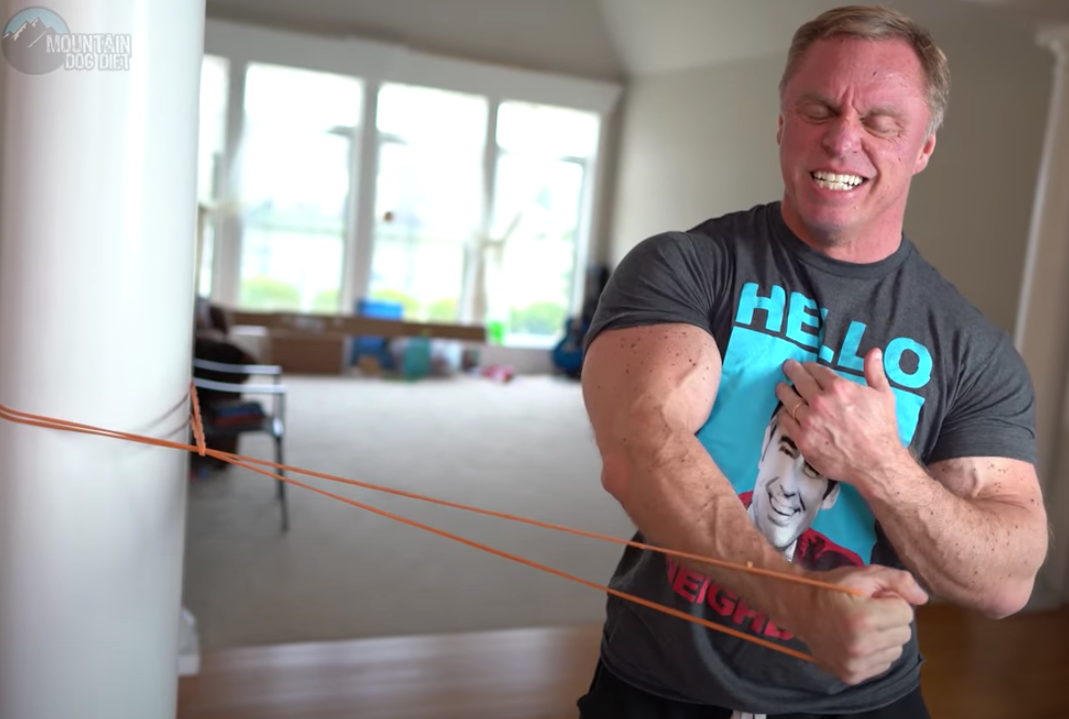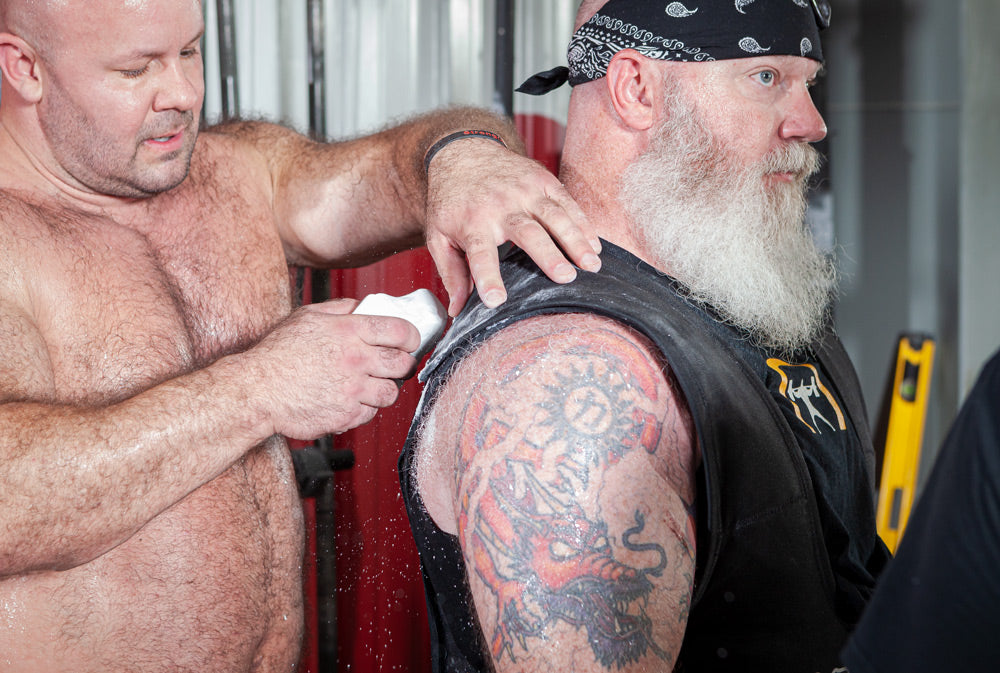Isometric training can make you brutally strong. Just tie up with someone who has been wrestling or grappling for years. Combat sports involve a lot of scenarios and positions that are isometric. Think of fighting against an armbar or avoiding a takedown, for example.
Benefits of Isometric Training:
- It improves muscular endurance.
- They take less time to perform in a workout.
- Minimal equipment is needed.
- It is easier on the joints.
- Less inflammation (the mechanisms responsible for inflammation during normal weight training are not present during isometric training).
- They typically do not add muscle mass, which can be great for those who want to stay in a certain weight class.
- It can reinforce technique in crucial positions.
- Maximal effort can be demonstrated longer than with dynamic work.
For these reasons, I incorporate some form of isometrics in every training session.
When talking about muscle action, there are three types:
- Eccentric, also known as muscle lengthening.
- Concentric, also known as muscle shortening.
- Isometric, also known as static or "same length."
The eccentric and concentric phases are known as dynamic or isotonic muscle contraction. This is essentially the opposite of an isometric contraction.
Two forms of purely isometric training are useful for building strength, stability, and endurance. These are known as yielding and overcoming isometrics.
Yielding Isometrics
Yielding isometrics involves holding an external load or position against gravity. The goal here would be to resist the movement and maintain the position without allowing the load to overcome you.
An example would be deadlifting the bar to a certain height and maintaining that position for a given amount of time. When deadlifting, I hold 315 pounds at my sticking point for 40 sec (the goal was 30 sec).
While this amount of time is more suited for endurance training than strength, research shows that with isometric or slow reps for at least 30 seconds, you get a shortening of the muscle and a lengthening of the tendon. With that slow tendon lengthening and a strong muscle contraction, you get viscoelastic creep, which stimulates collagen synthesis and tendon growth. You need a sufficient load; however, typically greater than an 8 out of 10 intensity or 80 percent of your one rep max (1RM). Furthermore, the load must be directed specifically to the tendon you are training. For example, if you are targeting the tendons of the knee, you would use something like a leg extension versus a back squat where the load is distributed across other joints as well.
Overcoming Isometrics
Overcoming isometrics involves exerting force against an immovable object or load. Unlike yielding isometrics, where you are just focusing on holding the position, with overcoming isometrics, the goal is to push/pull with maximum effort against an object that does not move.
An example would be deadlifting against pins. However, if you use an empty bar, the rack will most likely need to be secured to the floor or weighed down. If that is not possible, you can use 50-75 percent of your 1RM. Using 50 to 75 percent of your 1RM will allow you to start the lift with good form and exert the amount of force necessary to reap the benefits of isometrics while limiting the chance of flipping the rack over.
Recent:
The Benefits of Sodium
As seen below, you can also use
bands to overcome isometrics. In the video example, I am training an arm-wrestling force vector known as side pressure. Arm-wrestling and the training involved comes with a lot of tendon pain. I have found relief by overcoming isometrics for at least 30 seconds. I have no doubt this would be the case for other tendons of the body.
Bruce Lee was a huge advocate of isometric training and used a device that anchored a chain to the ground where he would do various pushing and pulling movements. This would be a good example of overcoming isometrics, which can also be done using very heavy band tension, any immovable object like a wall, or a heavy spring made for arm wrestling training, as seen below.
The major difference (other than how they are performed) between these two forms of isometrics is that yielding isometrics seems to work more for endurance and stabilization while overcoming isometrics focuses more on generating maximum force. Yielding is often held for longer durations, whereas overcoming is performed in short bursts of maximal effort, typically 6-10 seconds. However, if you are experiencing tendon pain, experimenting with sets of 30-45 seconds may be worth experimenting.
While dynamic and isometric exercises should be trained, some interesting points should be considered when comparing the two.
Isometric Verses Dynamic Training
Although muscle tension over any full range of movement is lower during the eccentric phase than the concentric or isometric, the eccentric phase is attributed to muscle soreness. Many athletes have reported that they can recover much easier when only using concentric or isometric training.
With isometrics, strength is developed at the precise angle you are exerting from and in a radius of 15 degrees either way. Therefore, while holding the weight at your sticking point (like I am in the above deadlift video), you get to spend more time getting stronger and at the 15 degrees below and above this position. You can also take advantage of this 15-degree carryover another way. For example, if your sticking point for the deadlift is right below the knees, you do not have to use that exact position because that will limit how much weight you can use. However, holding the position right at the knees will allow you to use more weight while still getting the strength carryover to your sticking point.
Another benefit of using isometrics is their ability to teach proper lifting techniques and positioning. The dynamic movement tends to hide weaknesses. When doing a normal rep, you blast right through your sticking point if the weight is too light. And the faster the rep, the more you can hide these weaknesses. With heavier weight, maximal strength is displayed at your sticking point for a fraction of a second. Even if it is so heavy that you fail at your sticking point, you are not spending enough time to really take advantage of getting stronger in the position you are most weak in. This sticking point is also known as the mini-max.
Cardiovascular Health
During isometrics, blood pressure can rise as high as (300/250) for a few seconds. The rise in blood pressure is because so much of your musculature is contracting while blood flow is occluded (stopped). The pressure at the right ventricle of your heart gets so high because the system sends a signal there to increase blood flow. This stimulus signals the body to improve blood flow through improved capillary density, which makes the arteries and vesicles more expandable. Therefore, you get a lot of cardiovascular adaptations from a five to seven-second hold. With greater vascular adaption, you can move substrates around more efficiently. Now, you can recover better, too, because of increasing the ability to remove waste.
Potential Drawbacks of Isometrics
As mentioned, a significant increase in blood pressure can occur. While this acute increase is usually nothing to worry about in most people, caution should be used if you suffer from chronically elevated blood pressure.
They can exhaust the central nervous system.
If done exclusively, coordination, mobility, and speed loss can occur.
It should not be performed by athletes who have not yet hit puberty.
But if you are old enough to drive to the gym and not ready to stroke out, here are a few ways to implement some isometrics into your training.
Dynamic Isometrics
One good way to implement isometrics into your training is by using dynamic isometrics. For instance, in a squat, you would un-rack the bar and, as you descend, do several three to four-second isometric holds during the eccentric. After holding the last position at the bottom, perform the concentric portion at a moderate or explosive rate of speed. This movement would be good for someone who is interested in increasing muscle mass while still some of the benefits of isometrics. This way of training can also allow someone to train with lighter, more joint-friendly weights while still feeling like they are training at a higher intensity.
Flexing
Yes, before you make fun of the local gym rat who is constantly flexing in the mirror between sets, there is another (non-ego boosting) benefit. In the early 1900s, two Russian scientists, Anokhin and Proshek, proposed the idea that strength can be increased by tensing the agonist and antagonist muscles. This was studied and confirmed years later, in 1978.
Quasi-Isometrics
Other than simply flexing, this is another good way to ease into isometric training. Quasi-isometrics involve pushing or pulling very slowly over a certain range of motion. Using a pushup or bodyweight squat, try to work up to where you can do a two-minute rep- 60 sec down and 60 sec up. These pushups are no easy feat; even a one-minute rep will struggle for most people. For someone who is decently strong, their max pushup or bodyweight squat will be limited by muscular endurance and the ability to deal with acidosis. This would be a novel way to train to increase your max reps.
References
- "Isometric Training." Sport Manitoba, October 14, 2022, www.sportmanitoba.ca/isometrictraining/#:~:text=Keith%20Baar%20recommends%204%20sets,repetitions%20of%2010%20second%20holds.
- Rickson, J. J., Maris, S. A., & Headley, S. A. E. (2021, November 1). Isometric exercise training: A review of hypothesized mechanisms and protocol application in persons with hypertension. International Journal of Exercise Science. https://www.ncbi.nlm.nih.gov/pmc/articles/PMC8758172/
- Verkhoshansky, Y. & Siff, M. C. (2009). Supertraining, chapter 4.2.4
- Kurz, T. (1987). Science of Sports Training: How to plan and control training for peak performance. http://ci.nii.ac.jp/ncid/BA60575230
- Kounoupis A, Papadopoulos S, Galanis N, Dipla K, Zafeiridis A. Are Blood Pressure and Cardiovascular Stress Greater in Isometric or in Dynamic Resistance Exercise? Sports (Basel). 2020 Mar 28;8(4):41. doi: 10.3390/sports8040041. PMID: 32231128; PMCID: PMC7240596.
- ISOMETRICS. (n.d.). Westside Barbell.
https://www.westside-barbell.com/blogs/the-blog/isometrics?srsltid=AfmBOopSb6L6TlEb3kJFkI3jKLCIXufH5Byqc9ZCpzpZ0sx6qlfwq18t - MacDougall, J.D., Tuxen, D., Sale, D.G., Moroz, J.R., & Sutton, J.R. (1985). Arterial blood pressure response to heavy resistance exercise. Journal of Applied Physiology, 58(3), 785-790. DOI: 10.1152/jappl.1985.58.3.785
Scott Hayes is a top-level analyst for the Department of Justice and the owner of Ways of Hayes Fitness LLC. He uses his 20 years of experience in fitness, nutrition, and competition to help his clients improve their total well-being.











